Equipment
Review: Titleist 917F2 and 917F3 Fairway Woods
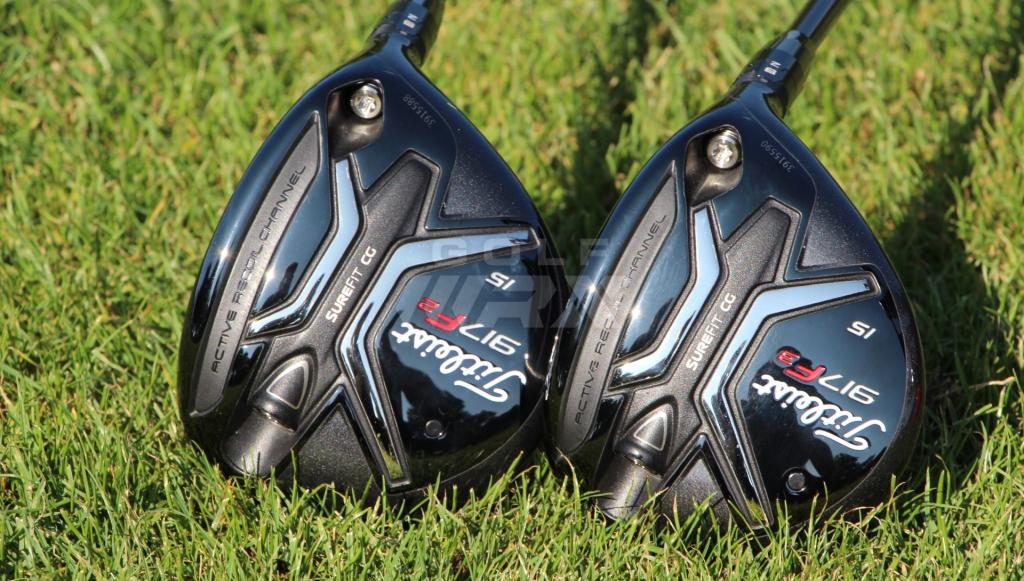
Pros: Dialing in trajectory and spin is more in the hands of the player than ever with SureFit CG adjustability. Feel and sound have improved, and 915 users will likely see a jump in distance.
Cons: If you preferred the black finish, you’re out of luck with the return of silver.
Who they’re for: Everyone who plays a fairway wood should give the Titleist 917F2 and 917F3 fairway woods a shot. They provide everything most golfers want from a fairway wood.
The Review
- Models: 917F2 (13.5, 15, 16.5, 18, 21 degrees), 917F3 (13.5, 15 degrees)
- Release Date: Oct. 21
- Price: $319 (MAP)
Right off the bat, you’ll notice a number of changes to Titleist’s new fairway woods: name, color, center of gravity (CG) adjustability, and if you’re really attentive a change in the Active Recoil Channel. I break down each of the major changes below.
Related: See the results from the Ultimate Titleist Driver Fitting Experience
What’s in a name?
In its most recent fairway wood releases — the 913 and 915 models — Titleist used the F and Fd naming system. “F” was a larger, more forgiving fairway wood that launched higher and spun more, while “Fd” was a smaller, deeper-faced, lower-launching fairway wood that reduced spin. It was a bit confusing, and didn’t mesh well with the D2 and D3 naming system the drivers were using, so Titleist went to F2 and F3, which is what Titleist used in previous models such as the 909.
If you’re confused: F = F2, Fd = F3 (easy to remember since this rhymes).
Now, the F2 (179 cubic centimeters) is the larger, higher-launching and more forgiving model, while the F3 (169 cubic centimeters) is smaller, deeper and more workable. The relationship hasn’t changed, just the names.
Sure thing
As with the 917 drivers, the 917 fairway woods have SureFit CG technology to give golfers the ability to tweak the draw/fade bias of the clubs. In the fairway woods, the SureFit CG system is also positioned slightly crooked, as seen in the driver, which has the same purpose; lower-spinning fades and higher-spinning draws. When in the draw position, the weight system will add spin to keep the ball in the air longer, and will decrease spin in the fade setting to keep shots from ballooning. The design also maintains the moment of inertia (MOI) of the fairway woods, keeping forgiveness high regardless of the weight setting.
In the SureFit CG system, weight is changed using interchangeable weights* or tubes, made of a mixture of different materials. The neutral weights have a uniform weight throughout, while the draw-fade tubes have a heavier side.
When adjusting the system, golfers should look for the “+” sign, which indicates a fade setting, while a “-” sign indicates the draw setting. Note that this is opposite of the 917 drivers, as the entry port is on the opposite side (toe side) of the club head in the 917 fairway woods. A solid red circle indicates a neutral setting. Like the 917 drivers, the 917 fairway woods also have Titleist’s 16-way adjustable SureFit hosel, which offers independent adjust loft and lie settings.
*Note: SureFit CG driver weights cannot be used in fairway woods, and vice versa, due to their different sizes.
Active Recoil Channel 2.0
While the 915 fairway woods had an Active Recoil Channel behind their faces, designed for higher ball speeds on off-center hits, the area was hollow. The channel in the 917 fairway woods is filled with elastomer, helping produce more ball speed across the face and lower spin, according to Titleist. There’s is also a face insert with variable thickness for increased speed on off-center hits.
Another change for the better is the sound and feel of the 917 fairway woods. They have more of a muted sound and softer feel at impact, which is no doubt helped by filling the Active Recoil Channel. Another benefit is that golfers won’t need to frequently clean the dirt out of the channel, as they needed to do with 915 models.
Color
The “liquid slate” finish on the crown is a throwback to Titleist woods of yesteryear, which is something Titleist fans may very much appreciate. Some of the classic Titleist fairway woods, such as the 980F, had a similar gray finish.
Overall performance
So what’s to be expected of the 917F2 and 917F3 in terms of performance? According to Titleist, golfers hitting the 917 versus a 915 should expect higher ball speeds, a higher launch, slightly lower spin and 4-7 yards in increased distance. It just so happens I hit the 917F2 and 917F3 versus the 915F and 915Fd, and you can see the numbers below.
The Numbers
I took the 917F2 and 917F3 fairway woods to the Launch Pad at Carl’s Golfland in Bloomfield Hills, Mich., where I tested them against Titleist’s 915F and 915Fd models on Trackman with premium golf balls. The fairway woods were set to my specifications (C2 hosel setting, neutral weight setting in the 917 models) with the same Mitsubishi Rayon Diamana Limited D+ 80X shaft. Shots were hit with each club — order was constantly rotated, and outliers deleted — until 10 shots with each club had been recorded.
917F2 v. 915F:
- The 917F2 generated slightly less spin (-60 rpm) and a slightly higher launch angle (+0.7 degrees) than the 915F.
- The 917F2 offered more ball speed (+1.5 mph), more carry distance (+1.6 yards), and more total distance (+3.6 yards) than the 915F.
917F3 v. 915Fd:
- The 917F3 offered slightly less ball speed (-0.8 mph), a slightly higher launch (+0.3 degrees), and a little more spin (+74 rpm) than the 915Fd.
- The 917F3 increase carry distance (+4.3 yards) and offered more total distance (+6.3 yards) than the 915Fd.
Specs, pricing, availability
Titleist 917F2 and 917F3 fairway woods ($319 MAP) will be available on Oct. 21 with the following stock shafts: Aldila Rogue M-AX, Fujikura Speeder Pro Tour Spec and Mitsubishi Rayon Diamana Limited D+, S+ and M+.
With the purchase, consumers will receive either a 10, 12, 14, 16 and 18-gram neutral weight (the 12-gram is stock) and a matching draw-fade weight. Additional weights can be purchased for $40, or SureFit weight kits are available for $180 with every weight.
The Takeaway
Any golfer with an older version of a Titleist fairway wood, especially one with a silver finish, will find the switch to a 917 fairway wood an easy and valuable transition.
Not only do the fairway woods offer CG adjustability for fine tuning trajectory, but they also have a softer feel and more muted sound than the 915 versions while providing more carry distance and more total distance. You’d be hard pressed to show me an all-around better fairway wood in the current market.
Related
- See what GolfWRXers are saying about the 917 fairway woods in our forum.
- Our review of Titleist’s 917D2 and 917D3 drivers.
- LIKE240
- LEGIT17
- WOW9
- LOL4
- IDHT5
- FLOP4
- OB6
- SHANK30
Whats in the Bag
Drew Brees WITB 2024 (April)
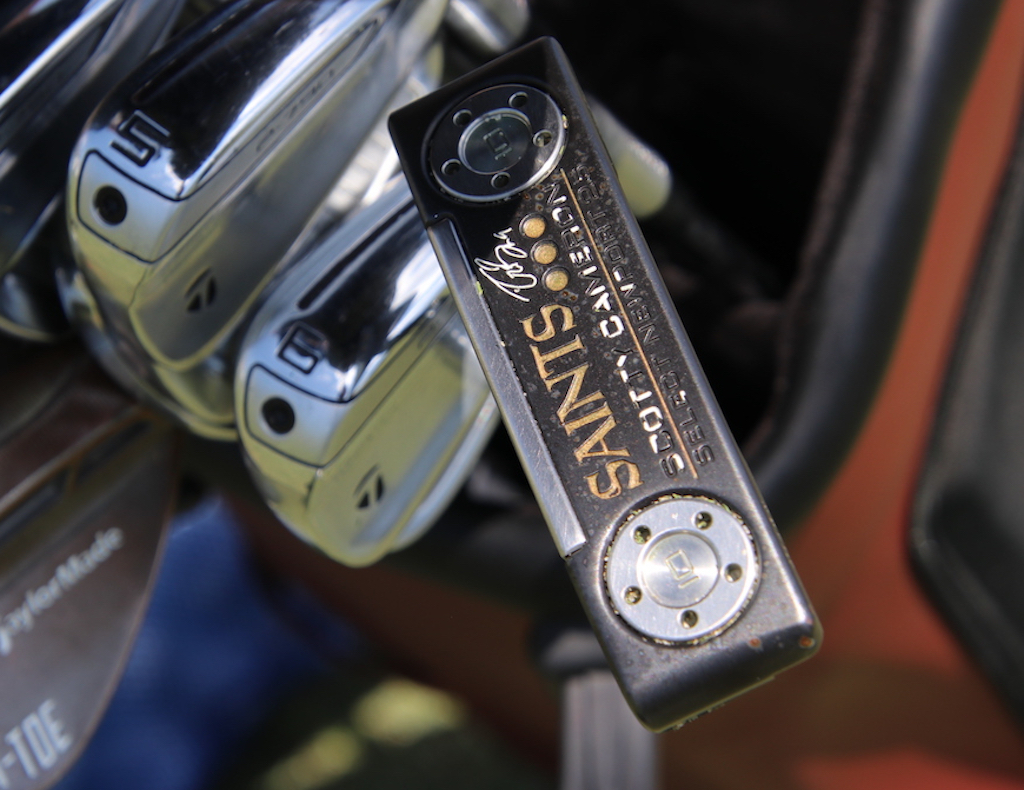
View this post on Instagram
Driver: TaylorMade Stealth 2 Plus (10.5 degrees)
Mini driver: TaylorMade BRNR Mini Copper (13.5 degrees)
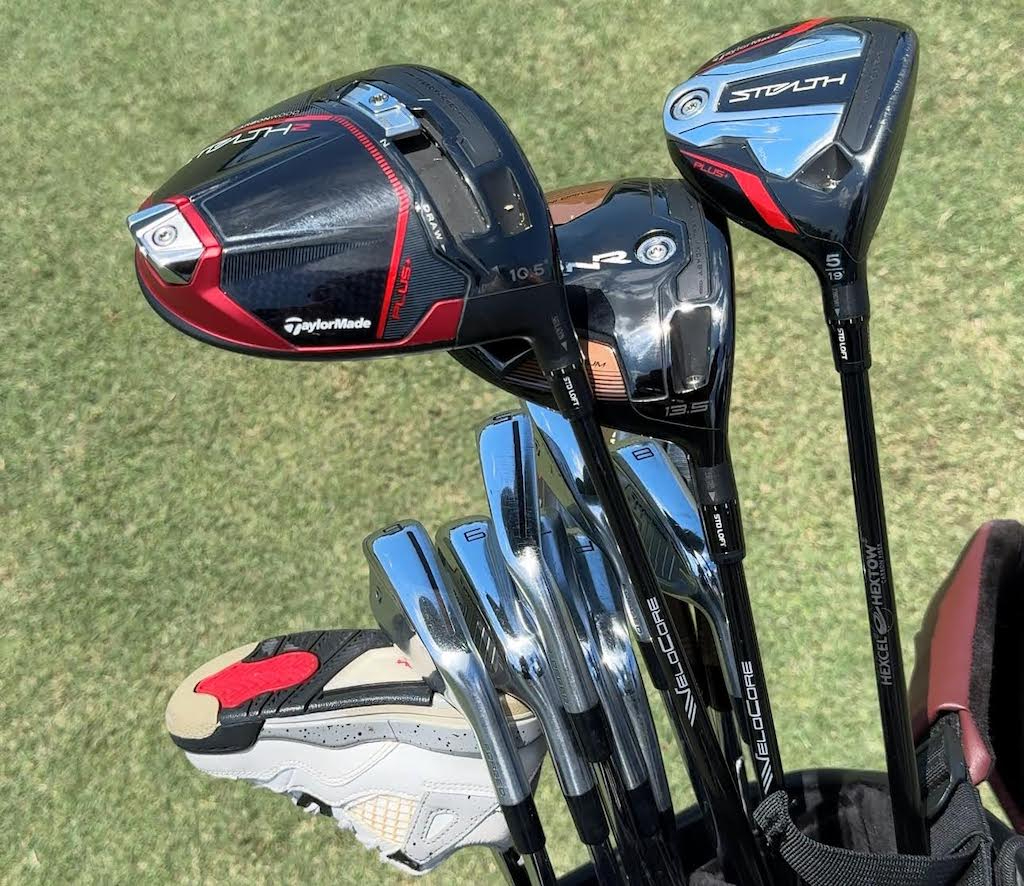
5-wood: TaylorMade Stealth Plus (19 degrees)
Irons: TaylorMade P790 (4-8, PW), TaylorMade P760 (9)
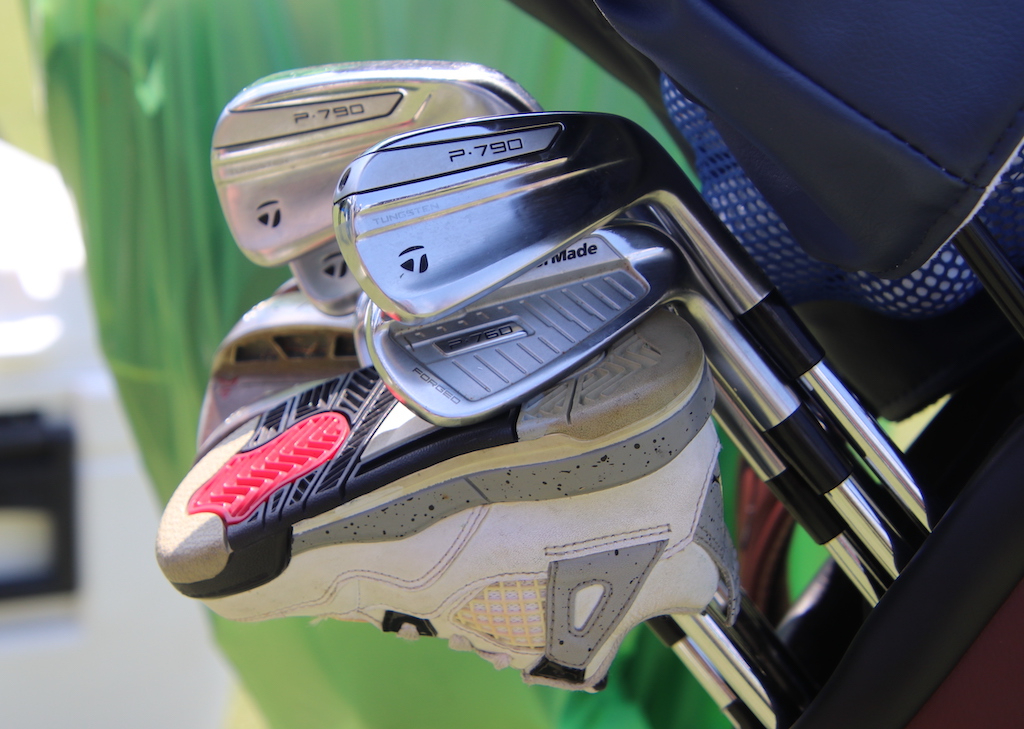
Wedges: TaylorMade MG Hi-Toe (52-09, 56-10, 60)
Putter: Scotty Cameron Select Newport 2 Prototype

Check out more in-hand photos of Drew Brees’ clubs here.
- LIKE0
- LEGIT0
- WOW0
- LOL0
- IDHT0
- FLOP0
- OB0
- SHANK0
Equipment
Putter Roundup: 2024 Zurich Classic of New Orleans
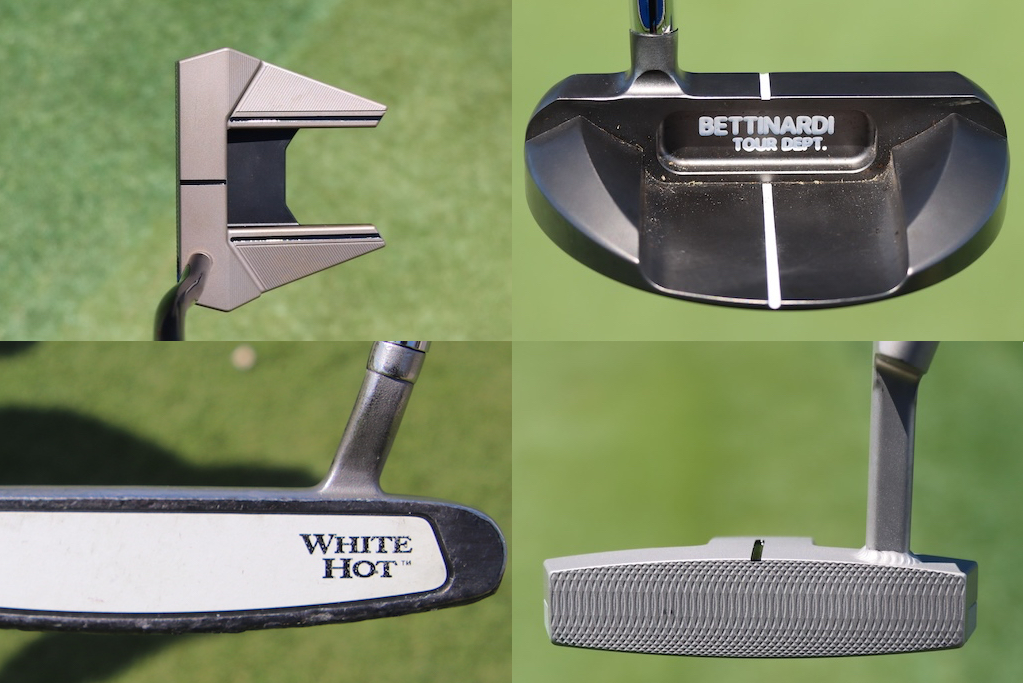
We always get some great photos of some phenomenal putters at tour events and love to share them. Here are a few from the 2024 Zurich Classic that caught our eye and seemed interesting. (And as a reminder, you can check out all our photos from New Orleans here)
MJ Daffue’s Scotty Cameron T-11 Prototype
MJ is going with the new Scotty Cameron T-11 Prototype this week. The putter is a multi-piece mallet that puts an emphasis on stability with the wings on the back. Daffue’s putter does have a design that differs from retail with a monotone finish, which eliminates the black paint on the aluminum parts that we see at retail. He also has a half siteline milled into the top and an L-neck welded on for some additional toe hang. The face features a deeper milling that should offer a softer feel and slightly quieter sound.
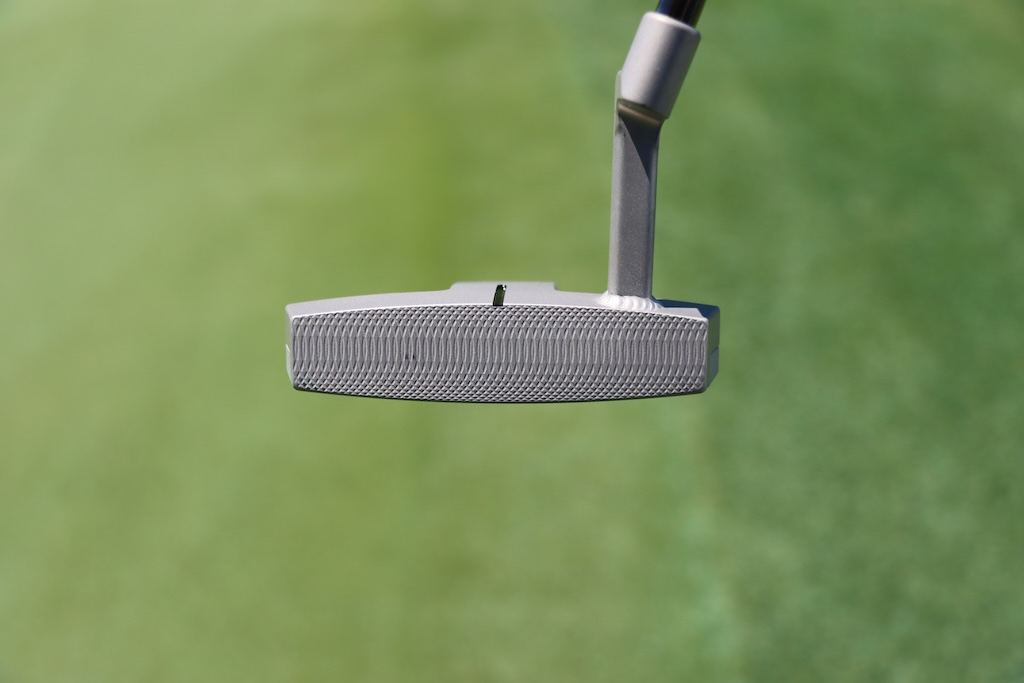
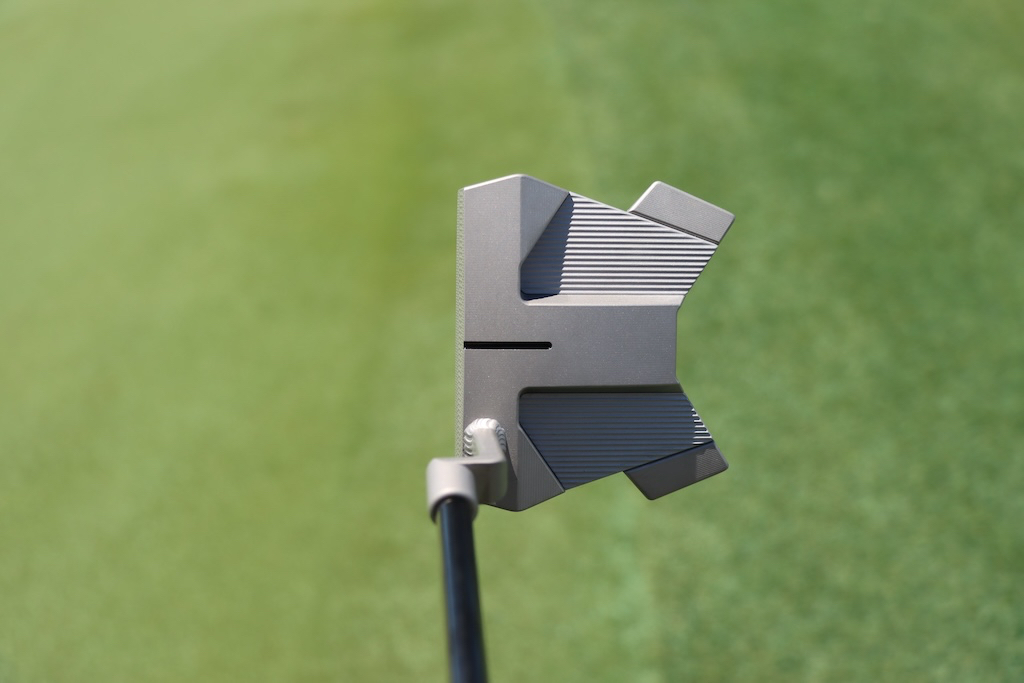
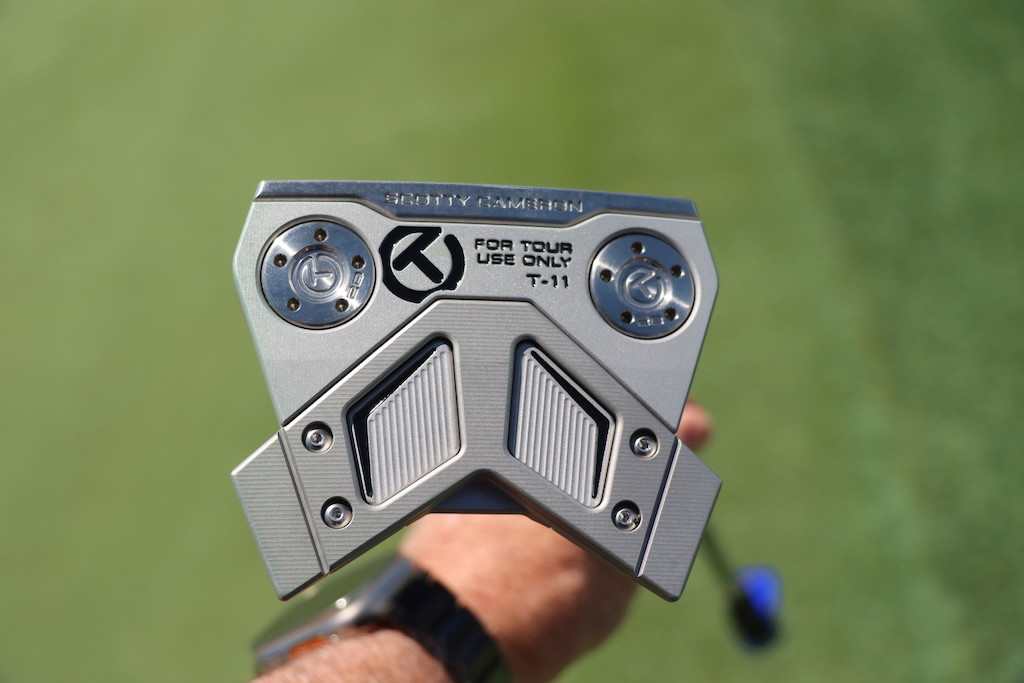
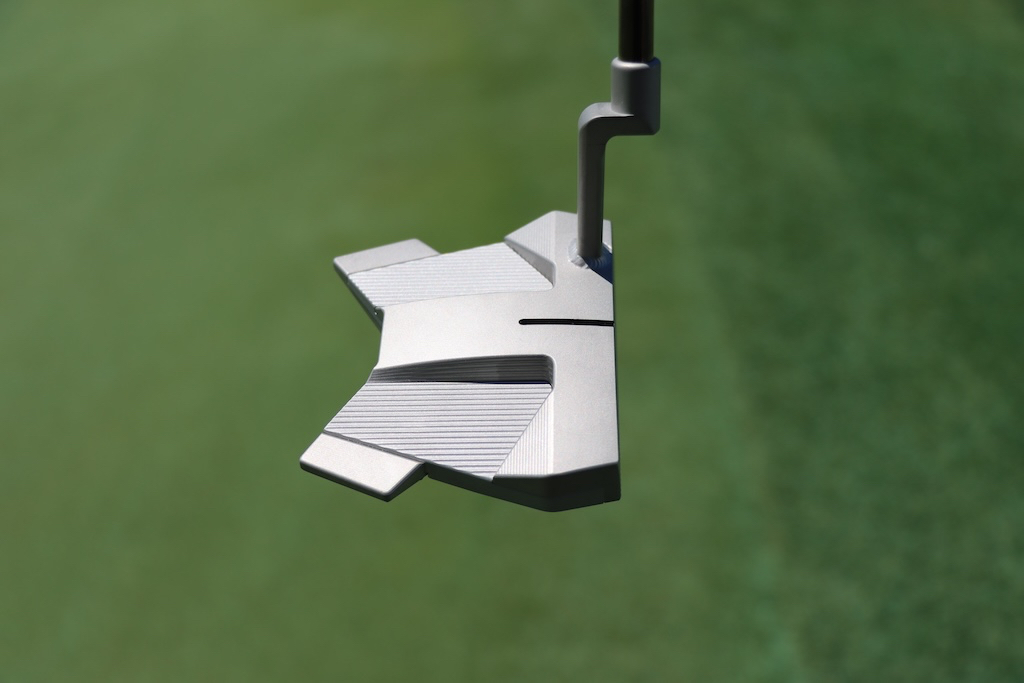
Scotty Cameron T-7.5 Prototype
We spotted a few different Scotty Cameron Phantom models with modified rear flanges. It looks like the straight black flange was cut into a half circle for a little softer look at address. On this T-7.5, you can still see the raw aluminum from the back view, so this might have been a last-minute job to get them out on tour. The semi-circle also has a white line on it, maybe to frame the ball differently.
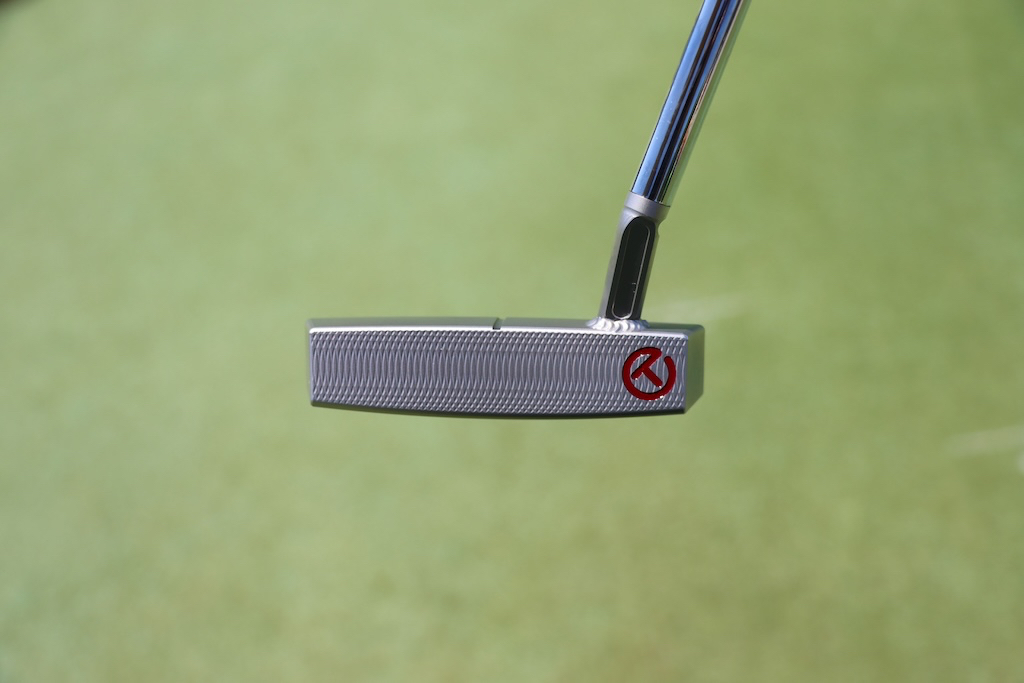
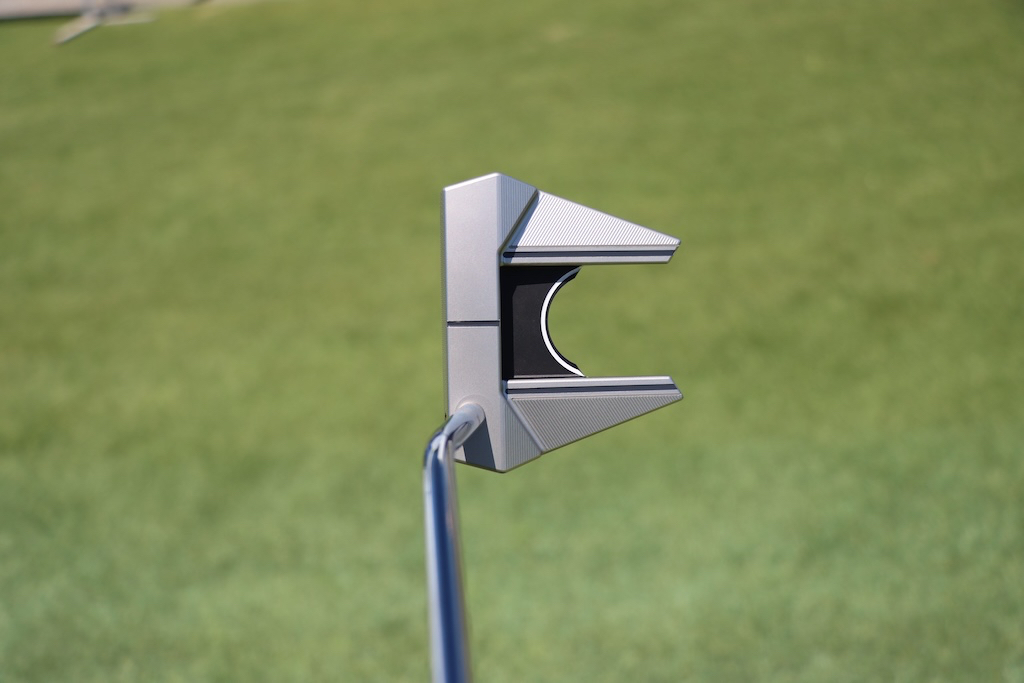
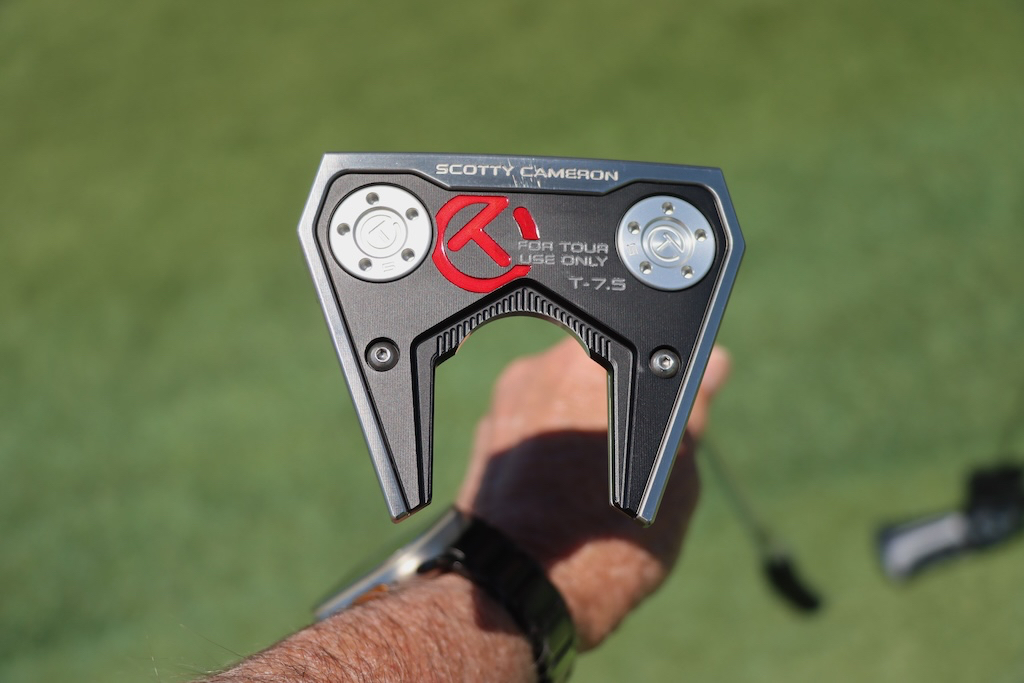
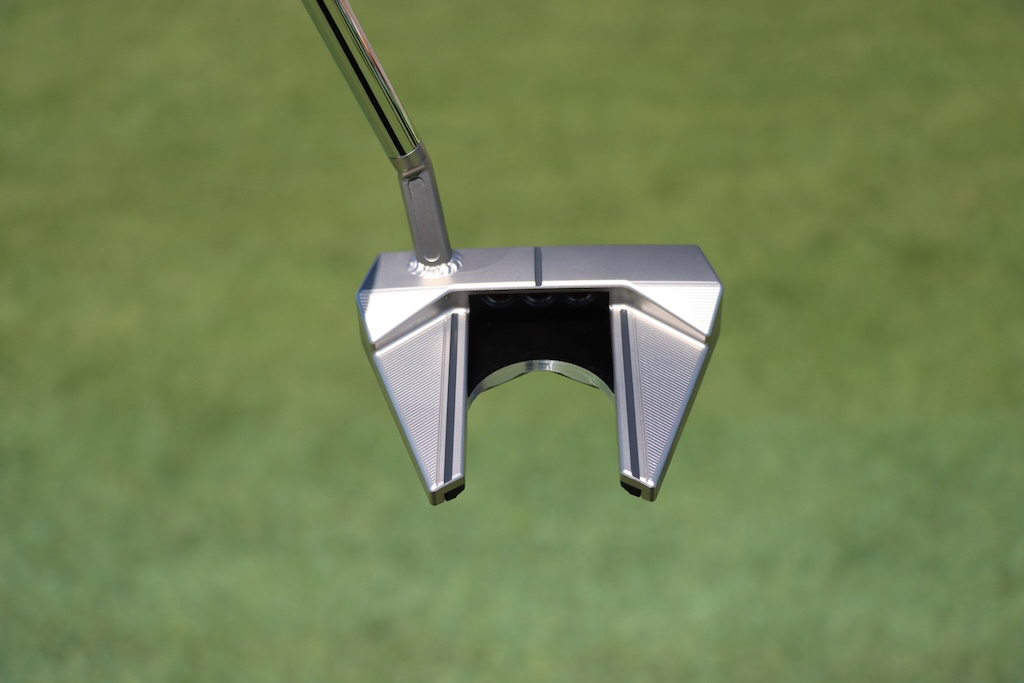
Alex Fitzpatrick’s Bettinardi SS16 DASS
Alex’s SS16 is made from Bettinardi’s famous D.A.S.S., or double-aged stainless steel, for a softer and more responsive feel. The face has a unique diamond pattern milling and features a logo that I feel like I have seen before, but can’t put a name to. The putter is a classic mid-mallet style with a simple, single white siteline on the top. The sole is clean with just the SS16, DASS, and a green triangle logo on it.
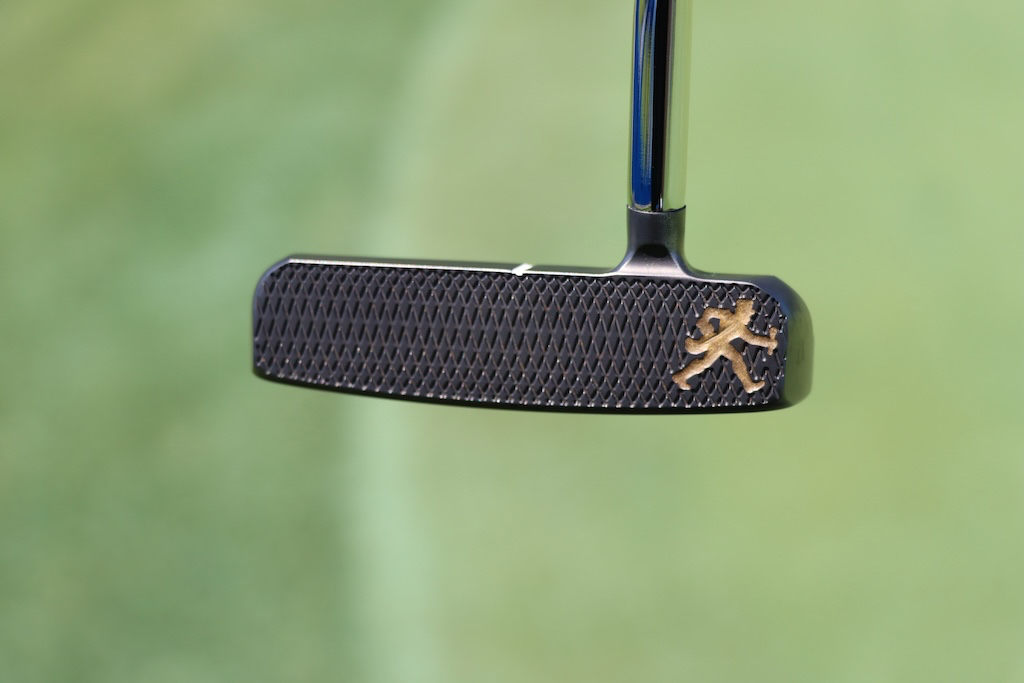
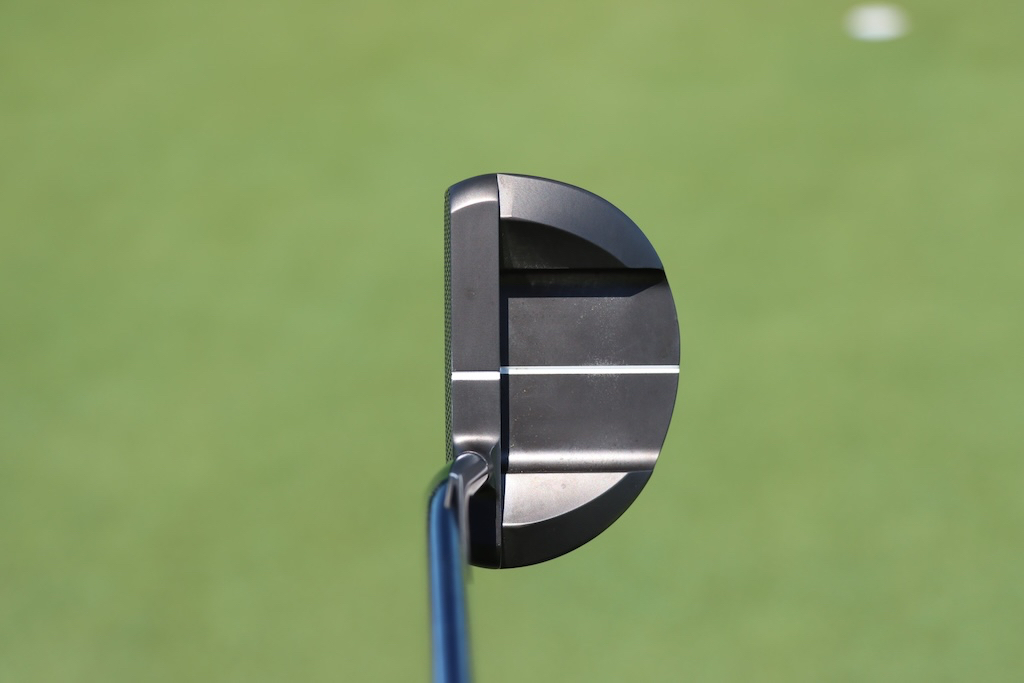

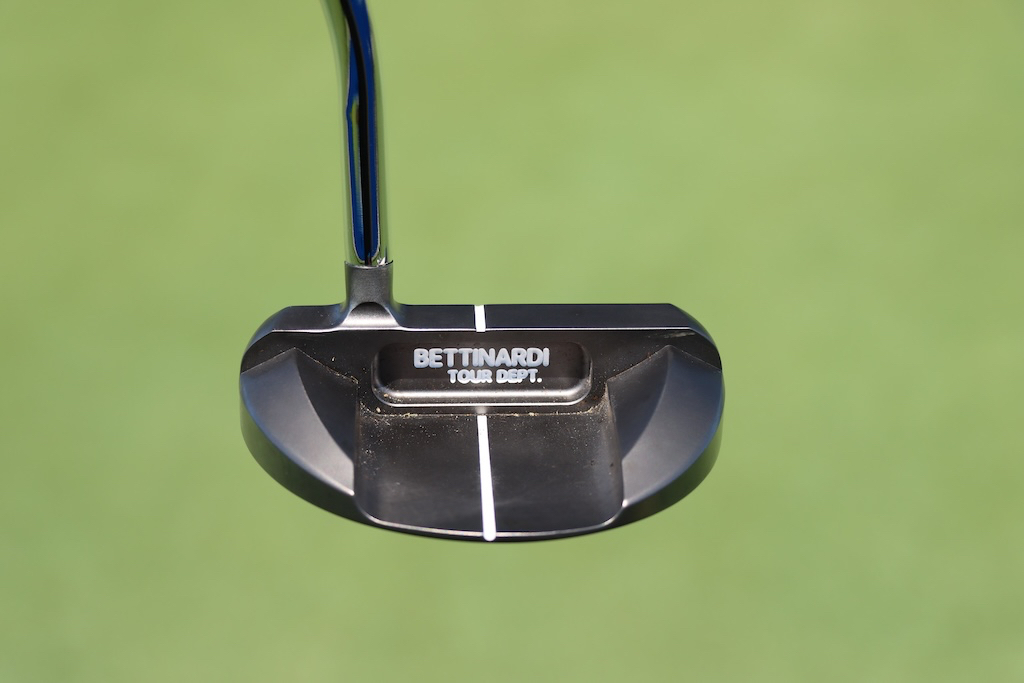
Steve Stricker’s Odyssey White Hot No. 2
This putter has made some amazing putts in its long career! Stricker’s White Hot No. 2 might be in the top 10 of most famous putters in golf. When you see all the dents and lead tape, you know the heel will be up and it will be sinking putts! The soft White Hot insert looks to be in good shape and has less wear on it than the rest of the putter. We don’t know how much lead tape is on the sole, but it has to be multiple layers compacted down over the years.
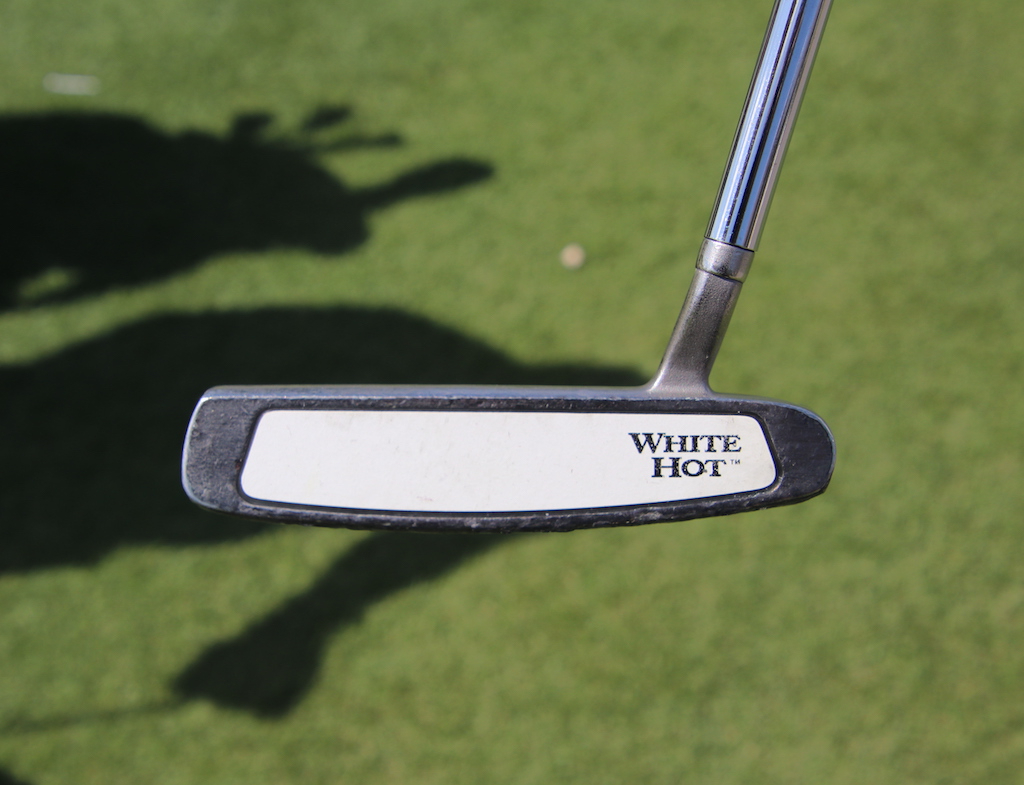


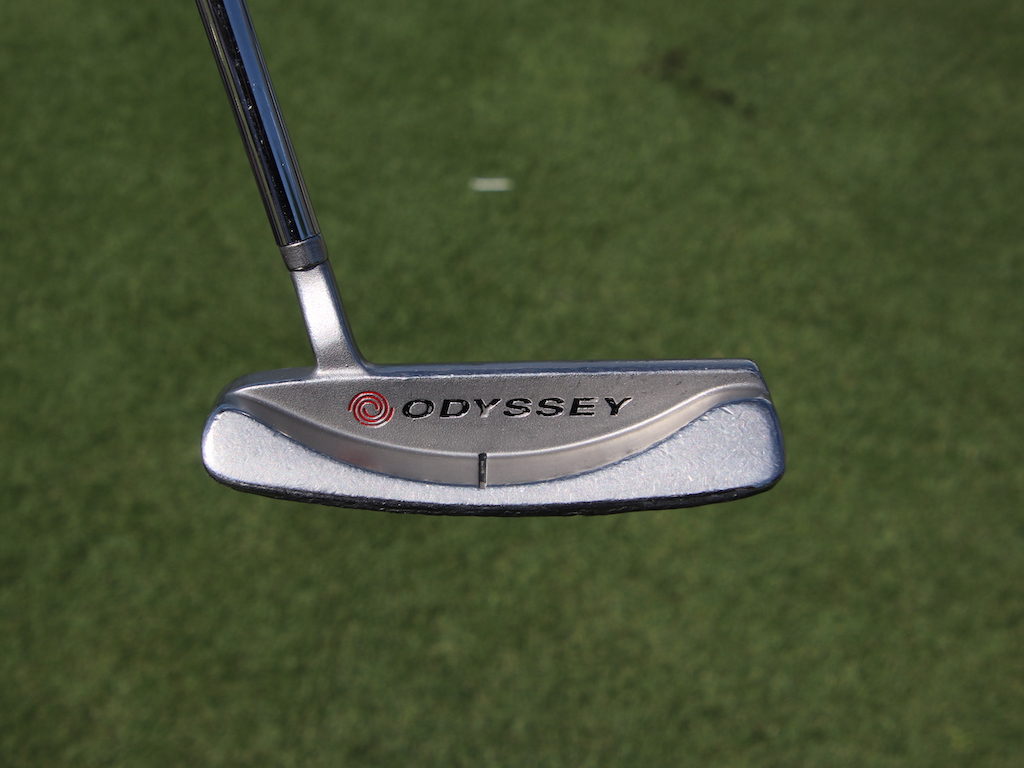
Doug Ghim’s Scotty Cameron T-7 Prototype
This T-7 should win the award for “best color finish” in this list with its deep chromatic bronze. It looks like Scotty added a cherry bomb dot to the heel of the deep-milled face and filled it with a very dark blue paint. The rest of the putter looks pretty stock with its single site line on the topline and twin site lines down the “fangs” of the putter. Twin 5-gram weights are installed in the sole and the putter is finished off with a gloss black double bend shaft with a fill shaft offset.
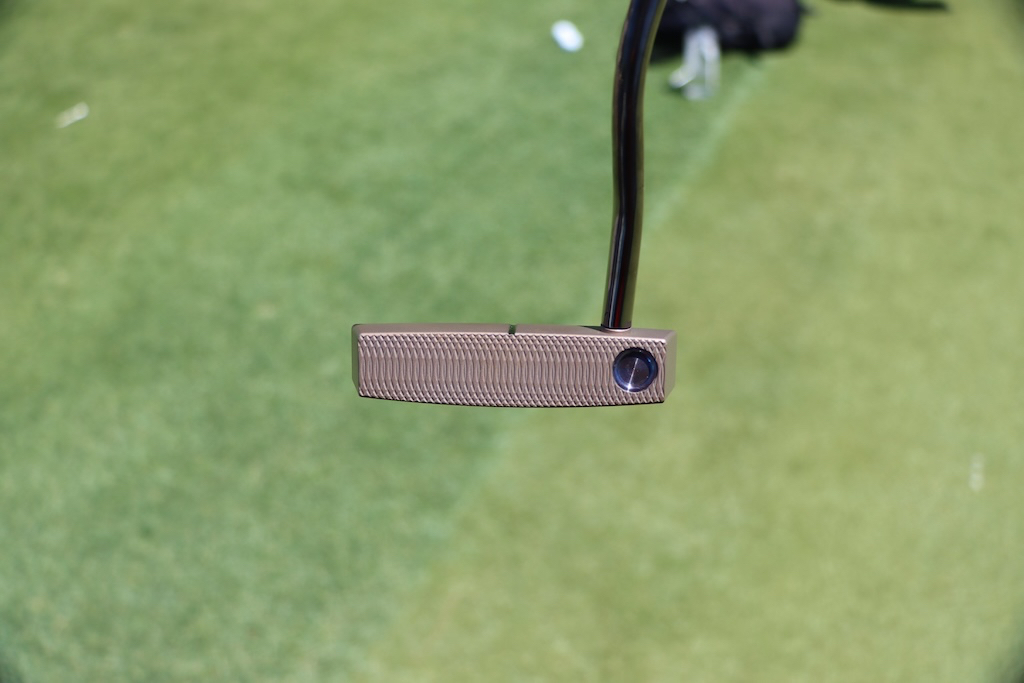
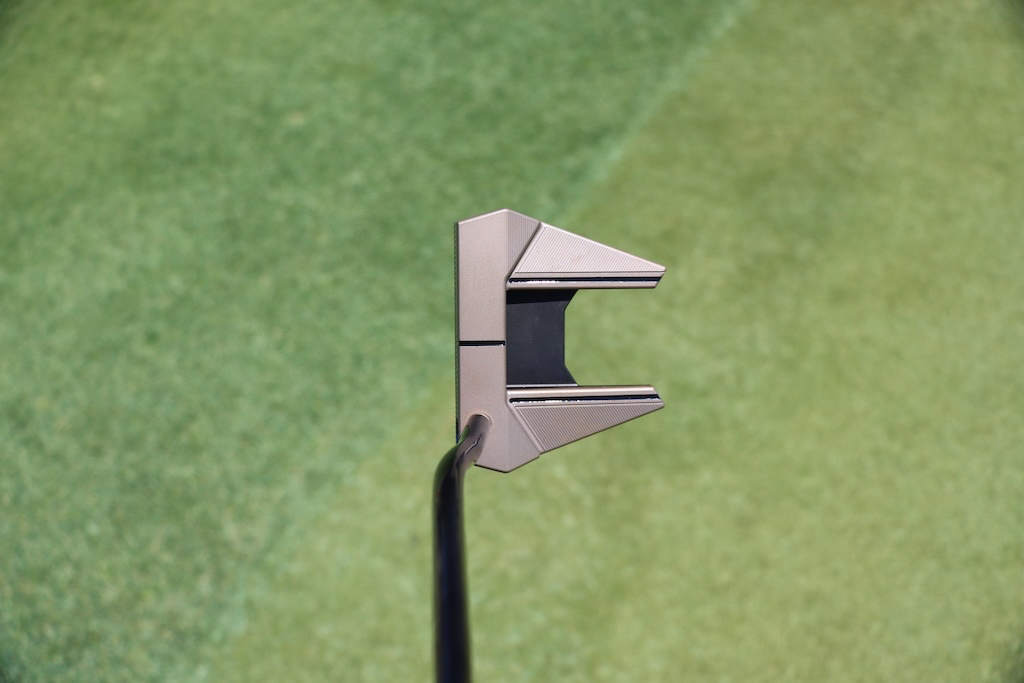
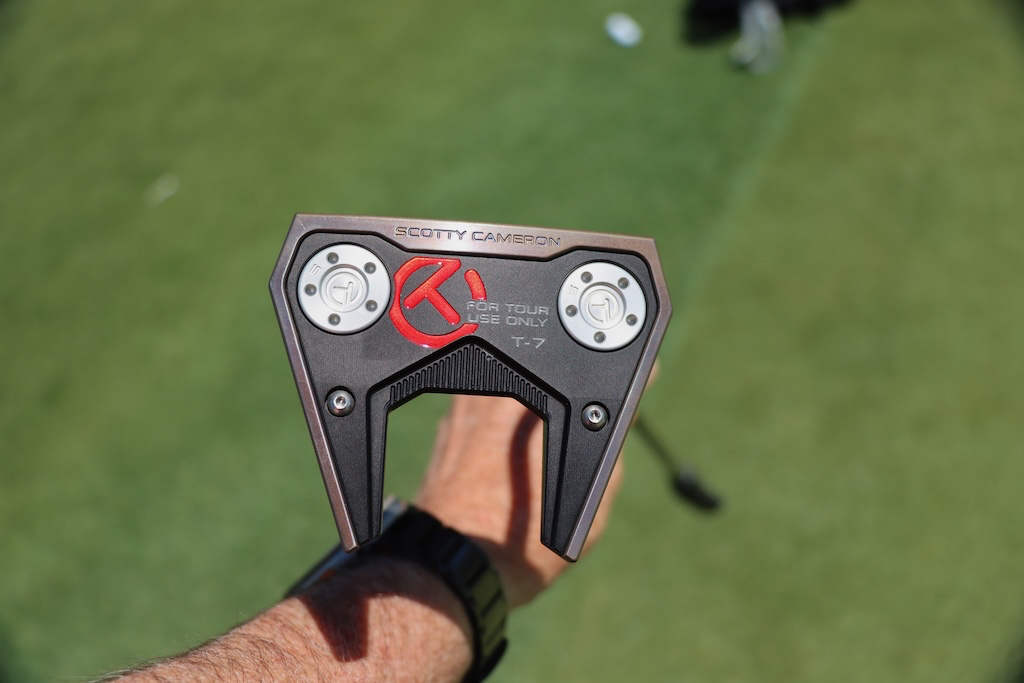
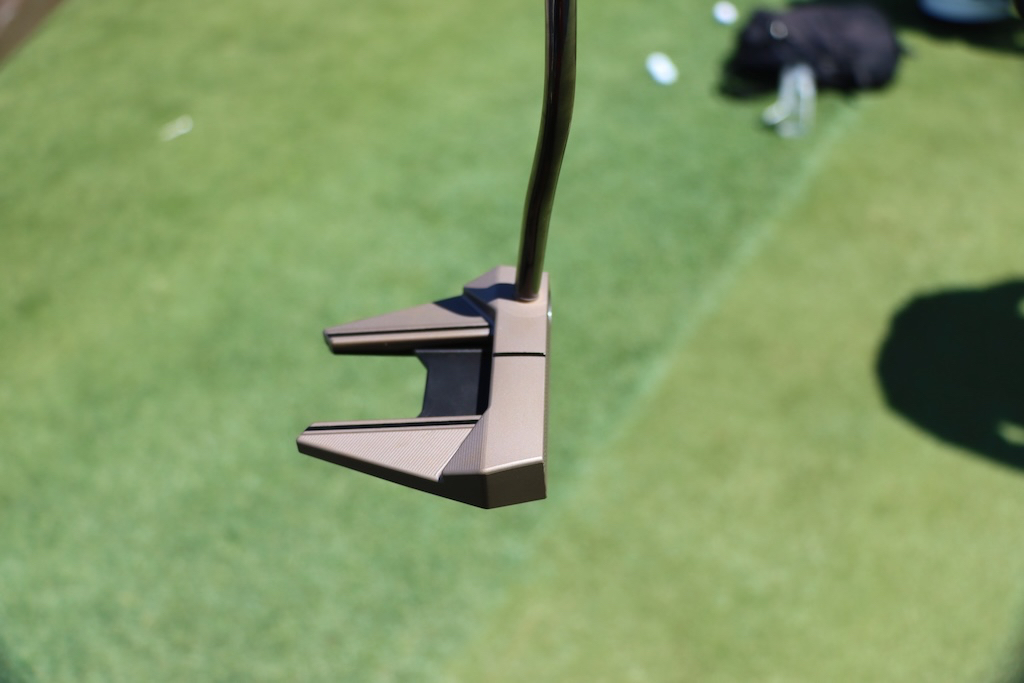
- Check out the rest of our photos from the 2024 Zurich Classic
- LIKE1
- LEGIT0
- WOW0
- LOL0
- IDHT0
- FLOP0
- OB0
- SHANK0
Equipment
Spotted: Project X Denali hybrid shaft
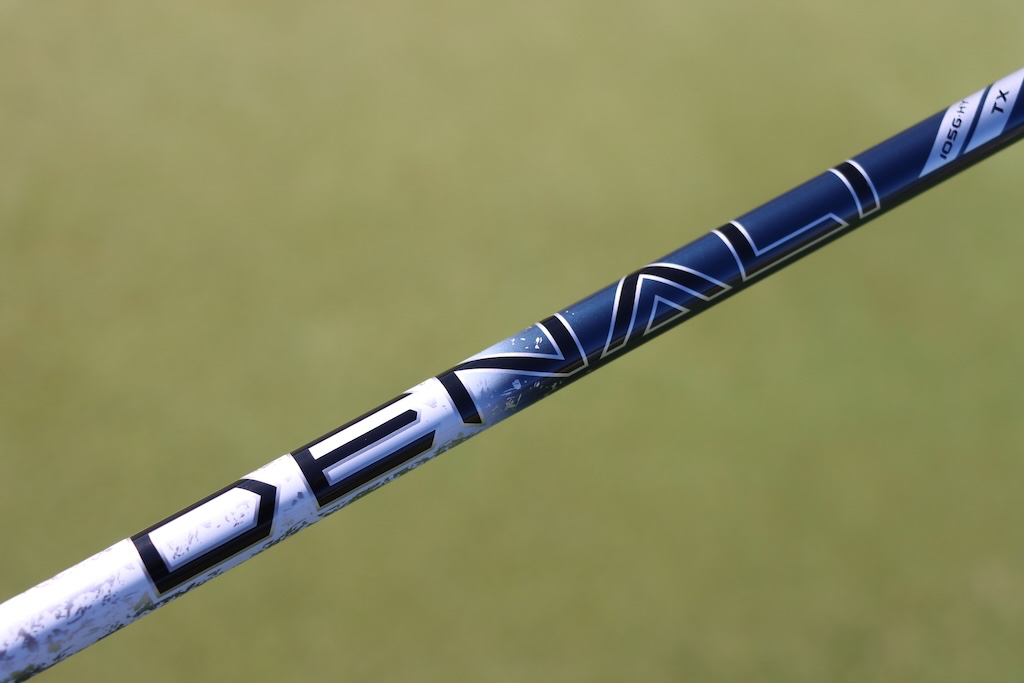
Project X’s Denali wood shafts have been seen in more and more golf bags this year as we start off the season. As a refresher, Denali Blue is the mid-launch and mid-spin model while Denali Black is for players seeking lower launch and spin.
Denali combines great feel with stability and increased ball speed. Currently, Project X only offers Denali Blue and Black in wood shafts, but we spotted a hybrid shaft in Daniel Berger’s bag at the 2024 Zurich Classic.
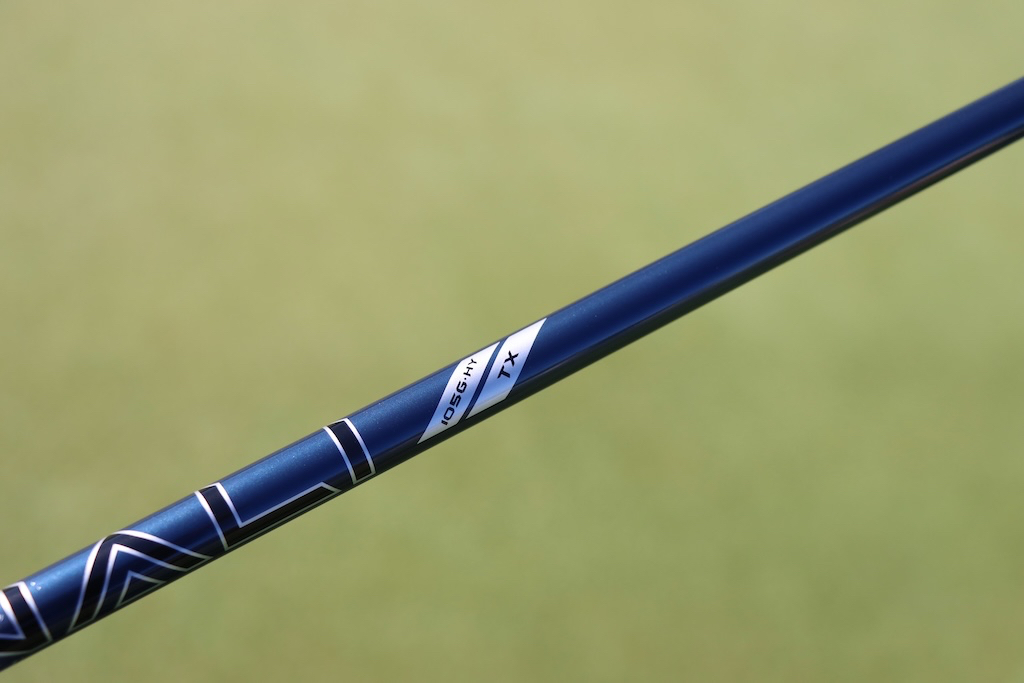
The shaft looks to be a Denali Blue 105G – HY in TX flex. No word on details from Project X yet but we can assume that this is a mid-launching shaft that weighs around 105 grams in Tour X-Stiff flex.
Berger has this shaft in his TaylorMade P770 3-iron, likely for some added launch and spin to hold the green from longer distances.
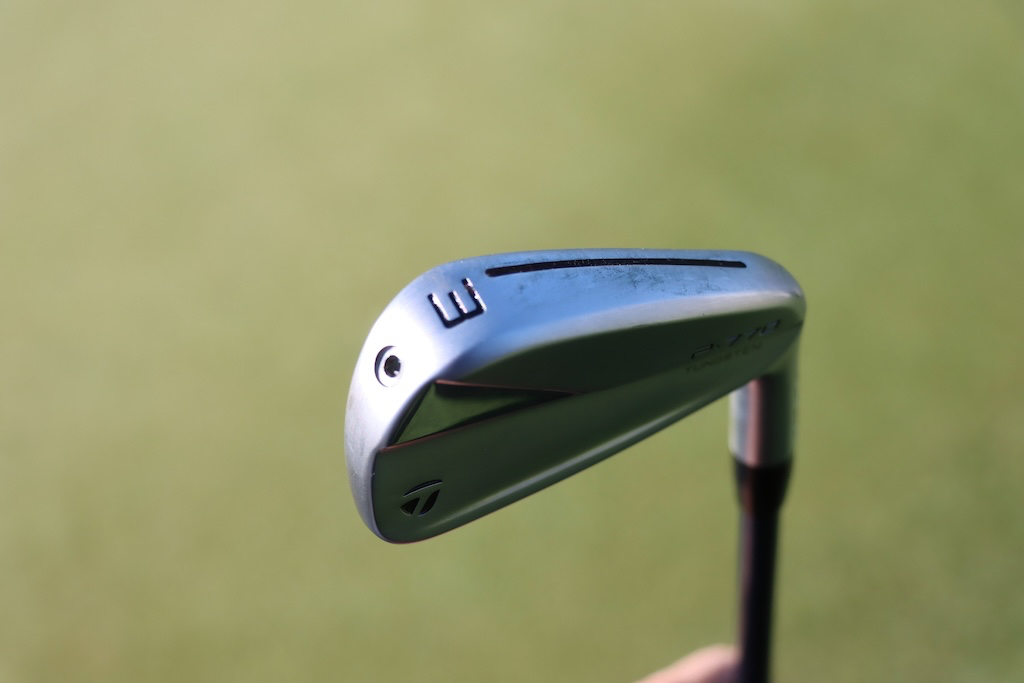
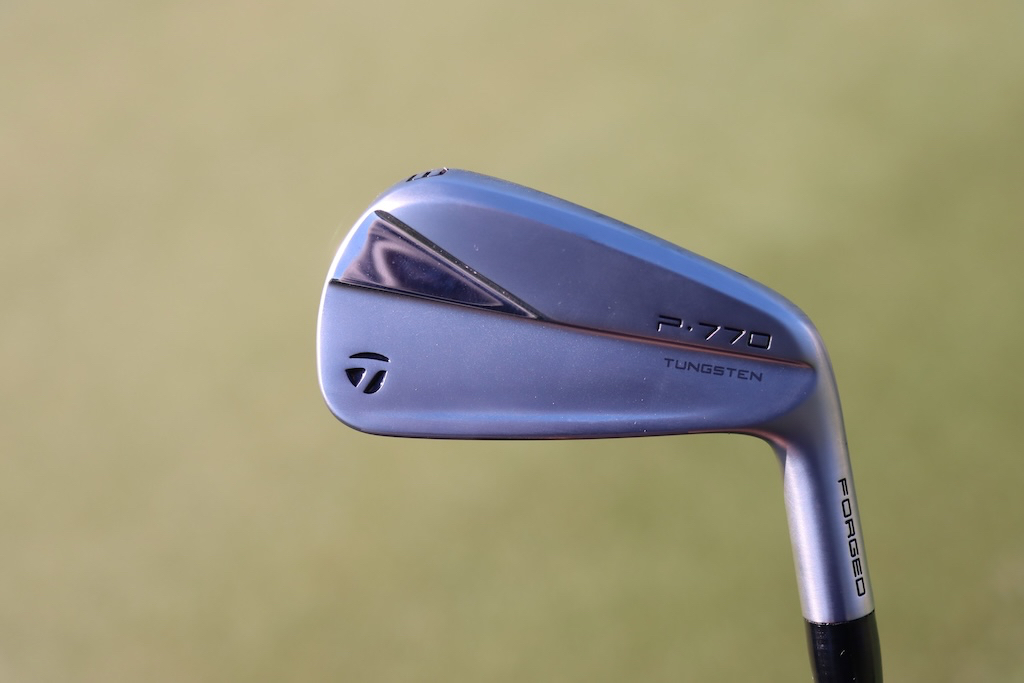
Hopefully, this means we will see some more shafts coming under the Denali name in the future, as I think many of us would like to try one in a hybrid or utility iron!
- Check out the rest of our photos from the 2024 Zurich Classic
- Check out in-hand photos of Daniel Berger’s full WITB here.
- LIKE0
- LEGIT0
- WOW0
- LOL0
- IDHT0
- FLOP0
- OB0
- SHANK0
-

 19th Hole2 weeks ago
19th Hole2 weeks agoDave Portnoy places monstrous outright bet for the 2024 Masters
-

 19th Hole3 days ago
19th Hole3 days agoJustin Thomas on the equipment choice of Scottie Scheffler that he thinks is ‘weird’
-

 19th Hole2 weeks ago
19th Hole2 weeks agoTiger Woods arrives at 2024 Masters equipped with a putter that may surprise you
-

 19th Hole3 days ago
19th Hole3 days ago‘Absolutely crazy’ – Major champ lays into Patrick Cantlay over his decision on final hole of RBC Heritage
-

 19th Hole2 weeks ago
19th Hole2 weeks agoTwo star names reportedly blanked Jon Rahm all week at the Masters
-

 19th Hole1 week ago
19th Hole1 week agoReport: LIV Golf identifies latest star name they hope to sign to breakaway tour
-

 19th Hole1 week ago
19th Hole1 week agoNeal Shipley presser ends in awkward fashion after reporter claims Tiger handed him note on 8th fairway
-

 19th Hole1 week ago
19th Hole1 week agoBrandel Chamblee has ‘no doubt’ who started the McIlroy/LIV rumor and why

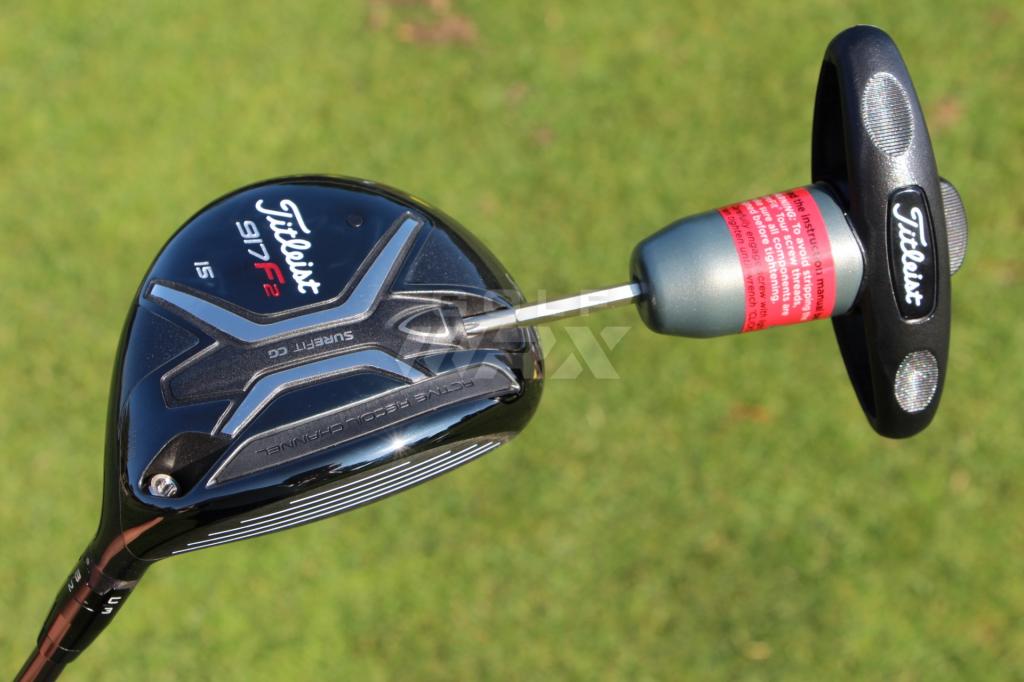
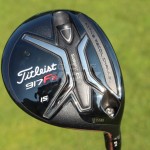
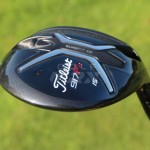
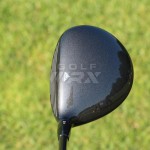
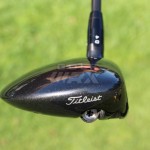
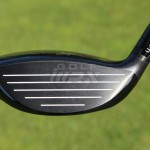
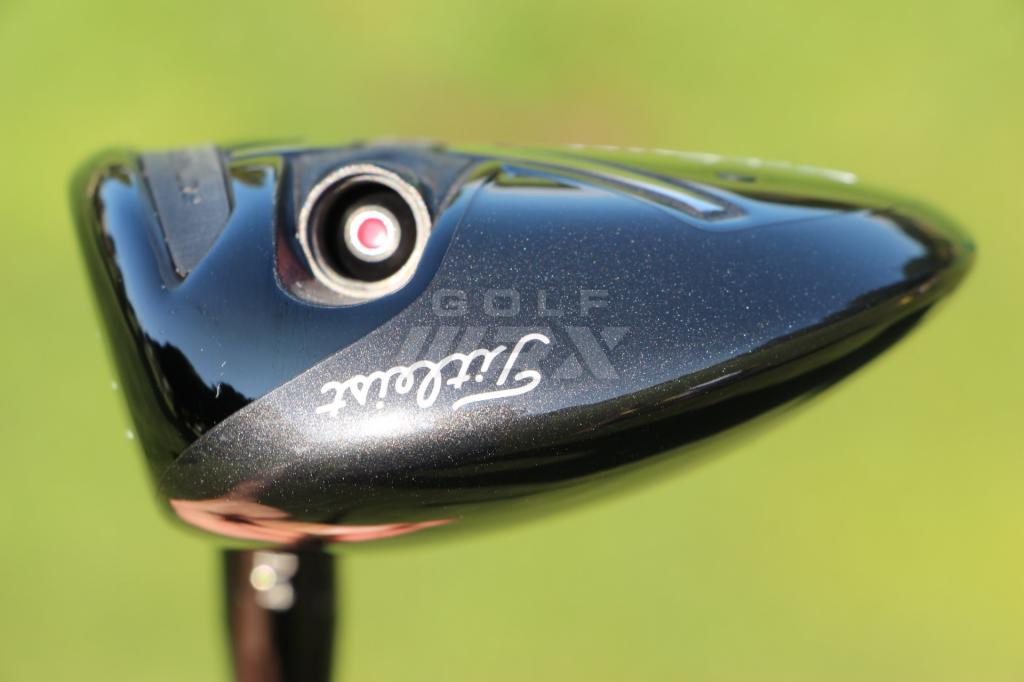
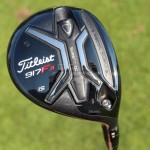
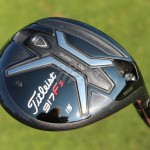
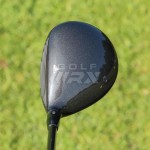
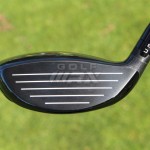
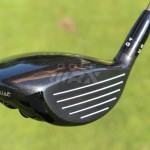
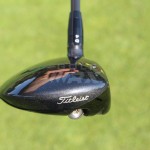

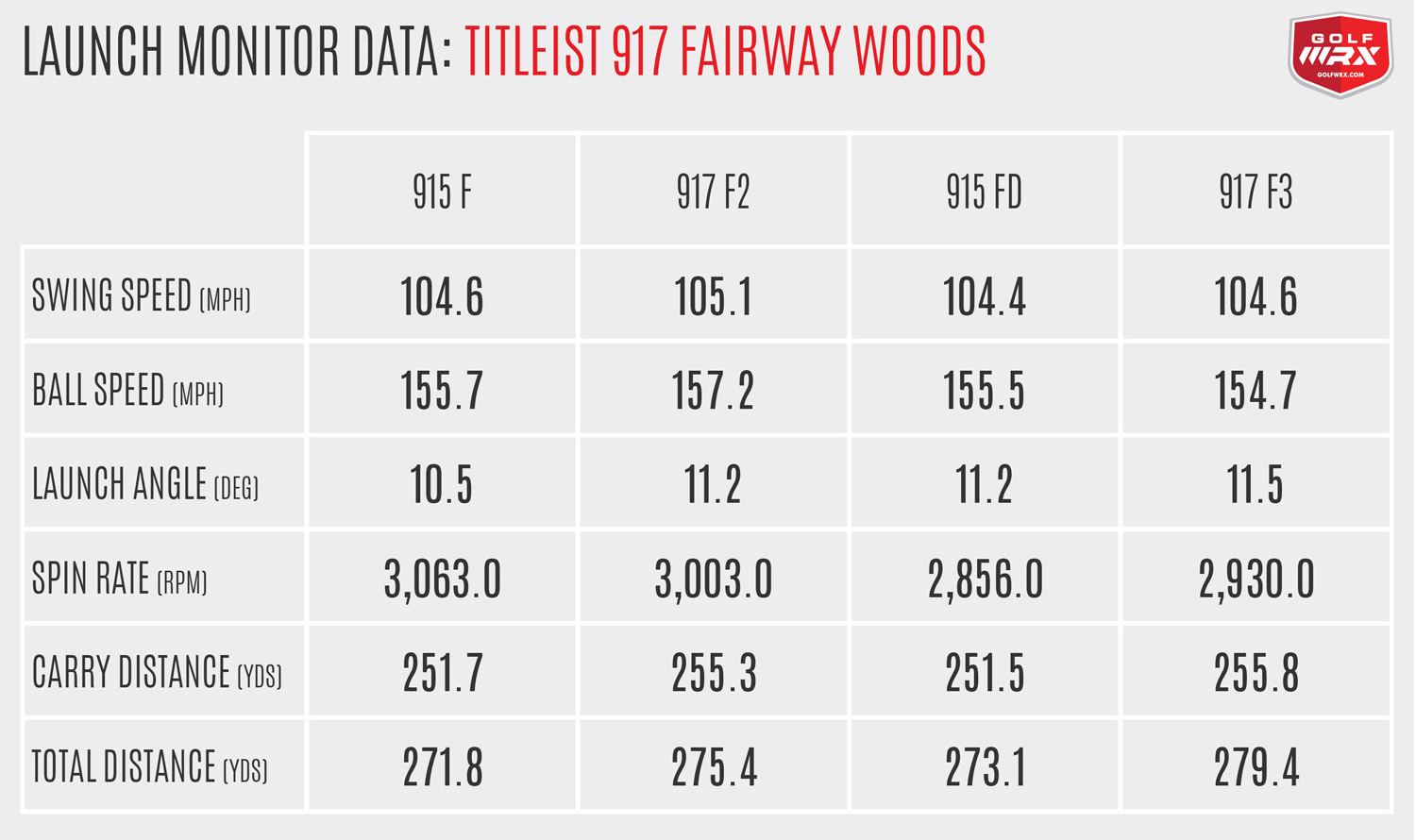
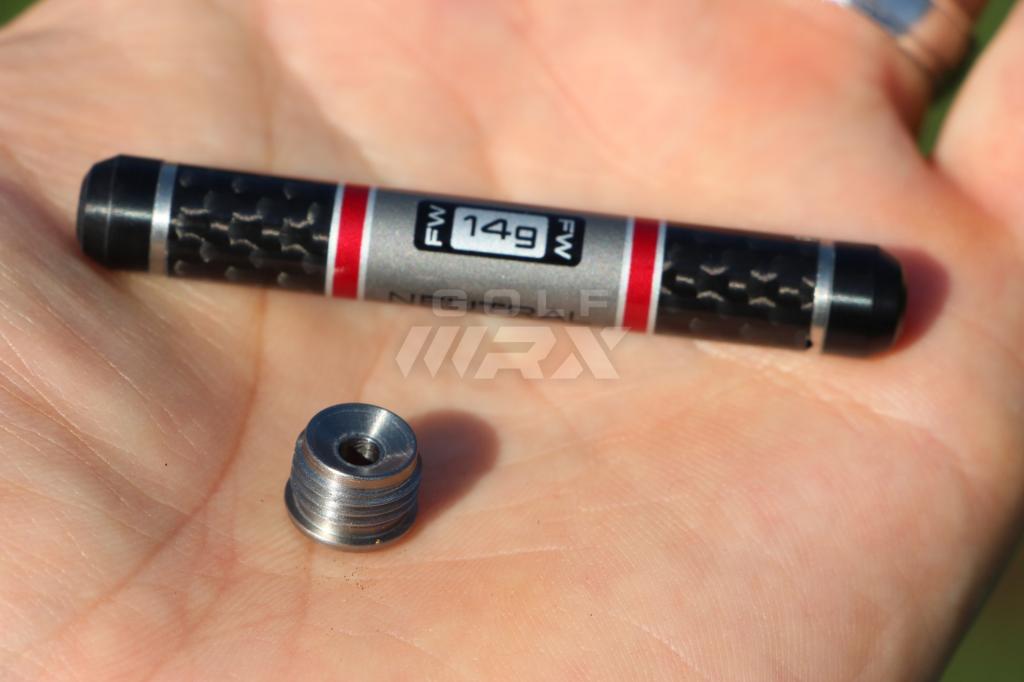



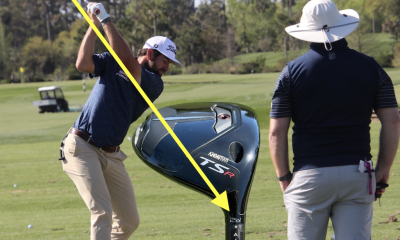





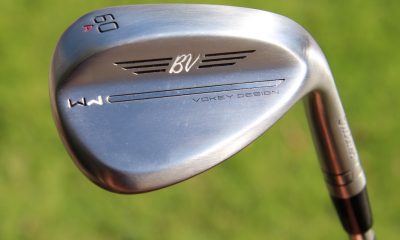

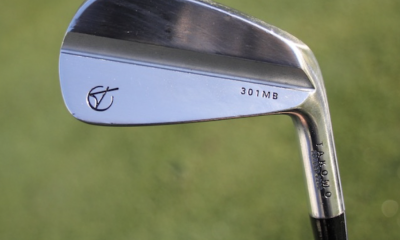
















Alex
Sep 21, 2016 at 1:52 am
correction: in the 913 series the Fd was LARGER than the 913f, correct?
rymail00
Sep 10, 2016 at 5:48 pm
Whoops meant the head size of 915F/FD?
rymail00
Sep 10, 2016 at 5:46 pm
Anyone know the head sizes of 916 F/FD?
kdunn
Sep 10, 2016 at 12:51 am
I love titleist but their really isn’t anything over previous generations…….you can alter those numbers easily by just where you hit it on face……pretty clubs for sure but to redo my woods for over 1k, not a chance…….I understand that it’s tough being in their shoes trying to sell new product without being able to really do anything significant as per USGA rules…….I have all titleist woods now but not gna change to newer stuff….
COGolfer
Sep 10, 2016 at 11:46 pm
Agree with you on that. I love the 915F, but don’t see a reason to upgrade. Especially at that price point.
kdunn
Sep 10, 2016 at 12:49 am
And $180 for weight kit is ridiculous……..truly insane, almost half cost of top tier driver…..you have to be kidding me
kdunn
Sep 10, 2016 at 12:47 am
I love titleist but their really isn’t anything over previous generations…….you can alter those numbers easily by just where you hit it on face……pretty clubs for sure but to redo my woods for over 1k, not a chance…….I understand that it’s tough being in their shoes trying to sell new product without being able to really do anything significant as per USGA rules…….I have all titleist woods now but not gna change to newer stuff……….and you be pretty hardpressed to find any fairway wood that doesn’t perform these days……they all have same tech that does same thing……gna be a tough sell to current 915 users, I had a 910,913 and think my 915 sounds and feels fine…….couple of rpms, and couple of yds isn’t gonna change someone’s game and would be unoticeable on course…..
Sake
Sep 8, 2016 at 11:51 pm
Looks good but I still prefer my 913 FD 13.5*
Jeffrey Purtell
Sep 9, 2016 at 4:30 am
I have the 13.5* too. Love it. Ive nicknamed it my mini driver.
Uncle Buck
Sep 8, 2016 at 2:16 pm
$180 for whaaaat?!! I’ll stick with me $5.99 packet of lead tape!
Dj
Sep 8, 2016 at 11:10 am
Bahahaha $180 for a weight kit. Also, please keep that horrid color in the 90s. Losing more and more respect for titleist nowadays
OH
Sep 8, 2016 at 9:59 am
Looks fantastic and I love that Titleist continues to fine tune a quality product rather than market their stuff with ridiculous claims and gimmicks.